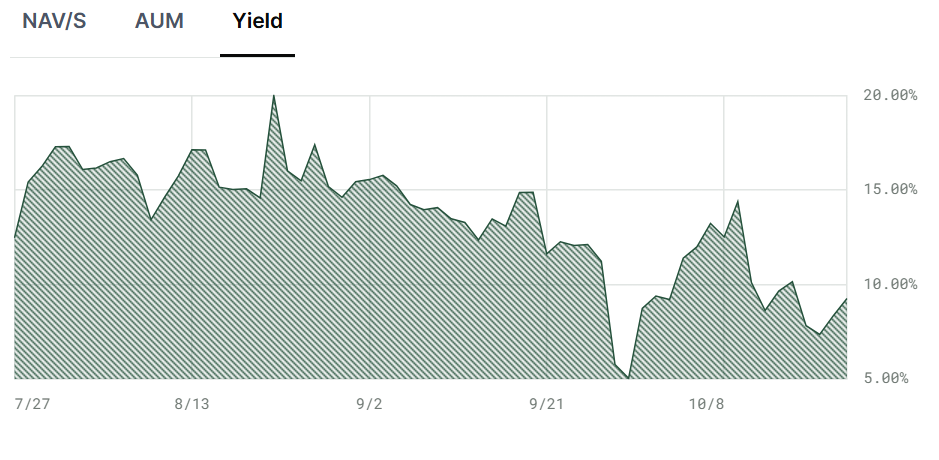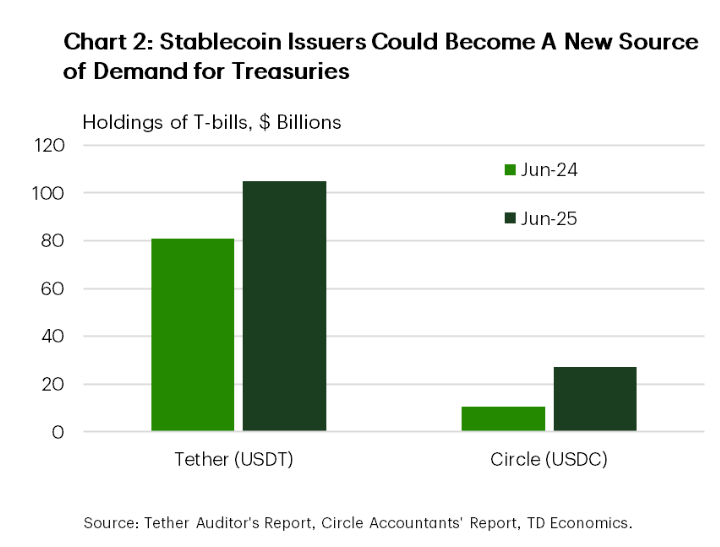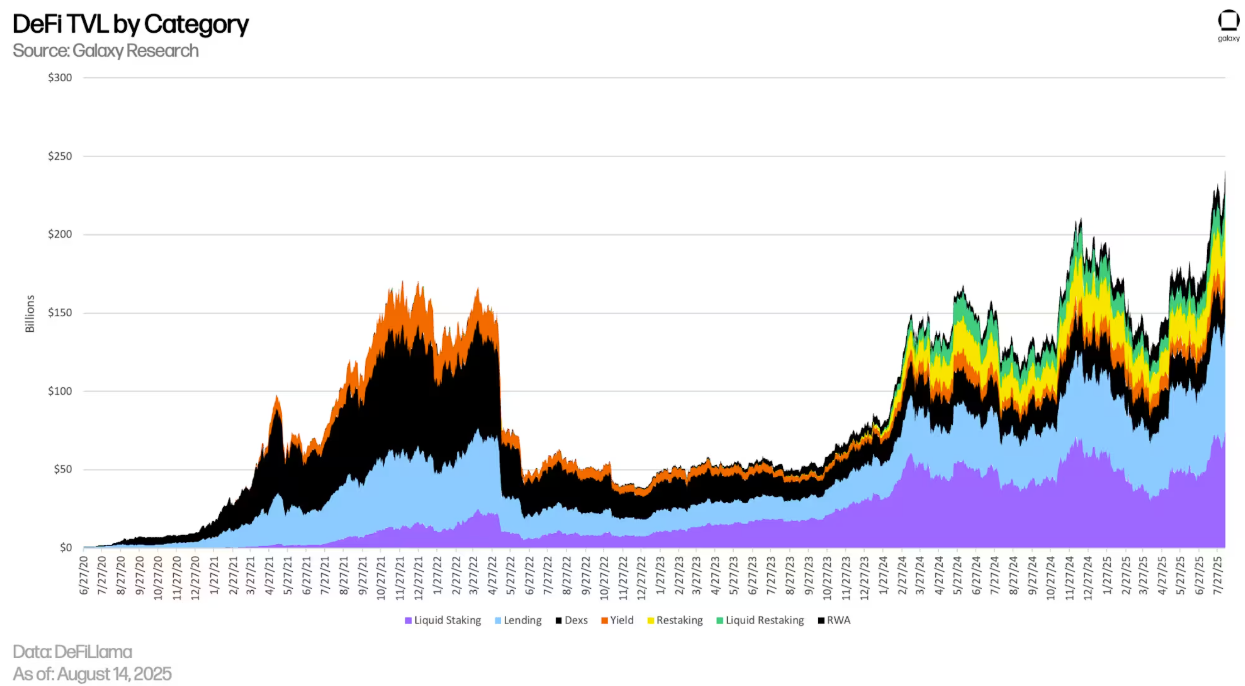
Decentralized finance (DeFi) lending service Spark is making a significant change by reallocating some of its treasury funds from US government bonds to crypto-based yield strategies, indicating a new trend in onchain yield generation amid declining Treasury returns.
Recently, Spark announced that it has committed $100 million from its stablecoin reserves to Superstate’s Crypto Carry Fund (USCC), which is a regulated basis-trading fund that derives yields from market price differentials between spot and futures of major digital assets. This fund enables DeFi protocols to achieve market-neutral returns, similar to the strategies typically employed by hedge funds.
Superstate’s site indicates that USCC oversees approximately $528 million in assets and has a current yield of 9.26% over the past month.
 USCC yield history. Source: Superstate
USCC yield history. Source: Superstate
Superstate CEO Robert Leshner stated that the fund allows Spark to continue benefiting from yield opportunities that are unlinked to the Federal Reserve’s rate decisions. This diversification comes at a crucial time, as officials from the Fed are grappling with the challenge of balancing inflation control and economic growth.
Although the Federal Reserve deals with difficulties in stabilizing long-term yields due to escalating US fiscal pressures, the yield on the 10-year Treasury has recently dipped below 4%. Spark has noted that the ongoing cycle of rate cuts by the Fed may impact stablecoin issuers and DeFi protocols with significant exposure to short-term Treasurys, pushing them to find alternative yield sources that are less affected by market fluctuations.
Tether continues to dominate as the largest crypto holder of US Treasurys, managing over $100 billion in investments, while USDC issuer Circle holds a considerably smaller amount. Combined, these two giants held more than $132 billion in US government debt as of September.
“At present, this is roughly 2% of the Treasury bill market, but this share is expected to grow if the supply of stablecoins increases significantly,” according to TD Economics.
 Tether and Circle’s Treasury holdings. Source: TD Economics
Tether and Circle’s Treasury holdings. Source: TD Economics
Related: US gov shutdown ’likely’ to end this week: Trump adviser
Onchain Yield Develops Beyond Passive Income
Onchain yield has been a standout use case in DeFi, evolving from straightforward lending and staking to intricate strategies involving market neutrality and restaking.
Research from Galaxy Digital suggests that onchain yield now encompasses a more selective approach to strategy, balancing elements of liquidity, complexity, and risk to achieve enhanced returns.
 DeFi total value locked by category. Source: Galaxy
DeFi total value locked by category. Source: Galaxy
While both Spark and Superstate are underscoring the necessity of moving away from US Treasurys, Galaxy’s findings indicate that Treasury yields still set the standard for most onchain yield methods, establishing a “risk-free floor” for returns associated with stablecoins and DeFi protocols. As these yields drop, protocols are looking toward crypto-focused yield strategies like basis trading and validator rewards, which remain largely unaffected by typical interest rate policies.
Magazine: Inside a 30,000 phone bot farm stealing crypto airdrops from real users



